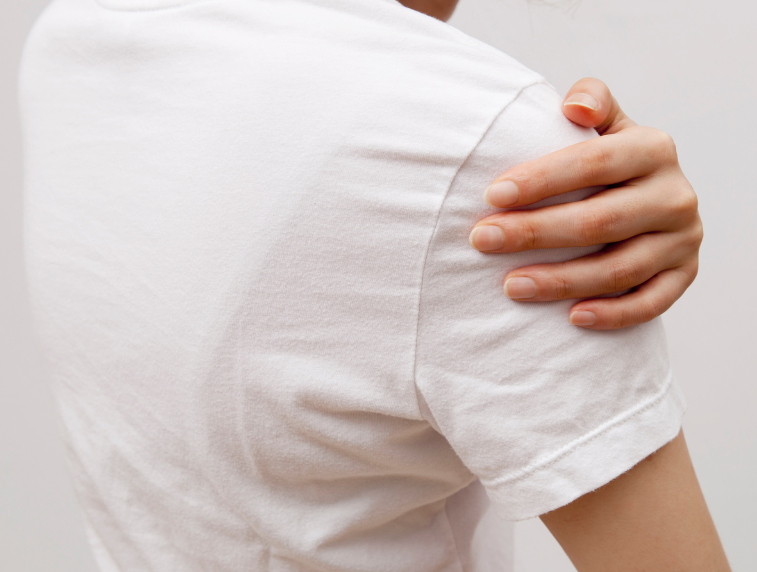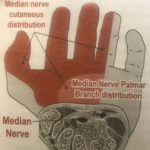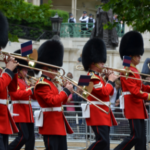
The labrum is a fibrous cartilaginous ring that attaches to the socket of the glenohumeral joint of the shoulder. In a labral tear, the labrum is torn as a result of trauma to the shoulder or overuse. Often, there is also a detachment of the long head of biceps, which attaches to the labrum.
As well as shoulder pain, a labral tear is likely to cause shoulder instability.
What causes labral tear?
Pathologies of the labrum can occur in isolation or in combination with rotator cuff tears, impingement, shoulder instability, or dislocation.
There are three different types of glenoid labrum pathology. The different types have different causes:
- SLAP lesion (most common type of labral tear) – a superior labral anterior to posterior tear. SLAP lesions are associated with biceps long head detachment.
- Bankhart lesion (less common) – a tear of the lower half of the labrum and inferior glenohumeral ligament. Bankhart lesions are seen with shoulder dislocations.
- Bennett lesion (least common) – a posterior labral tear. Bennett lesions are seen with posterior rotator cuff damage.
What are the symptoms of labral tear?
- shoulder pain during overhead or cross-body activities, such as ironing
- shoulder snapping or popping
- the shoulder may catch during certain movements
- night pain
- limited range of movement & decreased strength
- a sense of instability in the shoulder
Many of the symptoms overlap with other shoulder conditions, such as rotator cuff tears or shoulder instability. Labral tear is, hence, difficult to diagnose. If shoulder pain is resistant to osteopathic treatment, your osteopath should refer you for an MRI.
Who gets labral tear?
It is estimated that 10 to 20% of patients with shoulder pain have a labral tear. The incidence is higher in:
- athletes, especially sports that involve throwing
- in the dominant arm
- males than females (5:1)
- patients with shoulder instability
- after trauma, e.g. dislocation, subluxation, FOOSH, or a direct blow to the shoulder.
What treatments are there for labral tear?
In the case of a mild labral tear, conservative management is usually effective. If, however, the labral tear is severe, surgery may be required.
Firstly, inflammation around the shoulder be reduced. This means avoiding actions and positions that exacerbate the pain, as well as applying ice to the shoulder.
Then, special attention must be given to the biceps tendon, as it is a key player in shoulder stability.
Conservative management can include massage, acupuncture, or osteopathy.
Surgery focuses on open or arthroscopic debridement and reattachment of the labrum. The success rate is ca. 60-90%.
Can osteopathy help labral tear?
An osteopath will improve the function of the shoulder which will help speed up recovery.
Osteopathy – combined with AK diagnosis – is perfectly placed to treat the position of the biceps tendon within its groove. This is a very subtle technique but highly effective.
If the labral tear is severe, osteopathy alone may be insufficient – surgery may be required. I would, however, trial osteopathy first, as it is less invasive and it may be possible to avoid surgery.
To book an Osteopathy appointment in New Malden or in Marylebone, phone 020 8942 3148 or contact Aston Clinic London.
Aston Clinic London is a third-generation complementary health clinic based in New Malden and serves the local areas of Kingston, Wimbledon, Raynes Park, Surbiton, Chessington, Worcester Park, Sutton and other areas of southwest London and Surrey.
Aston Clinic London also offers Osteopathy and Herbal Medicine in Marylebone, Central London.

